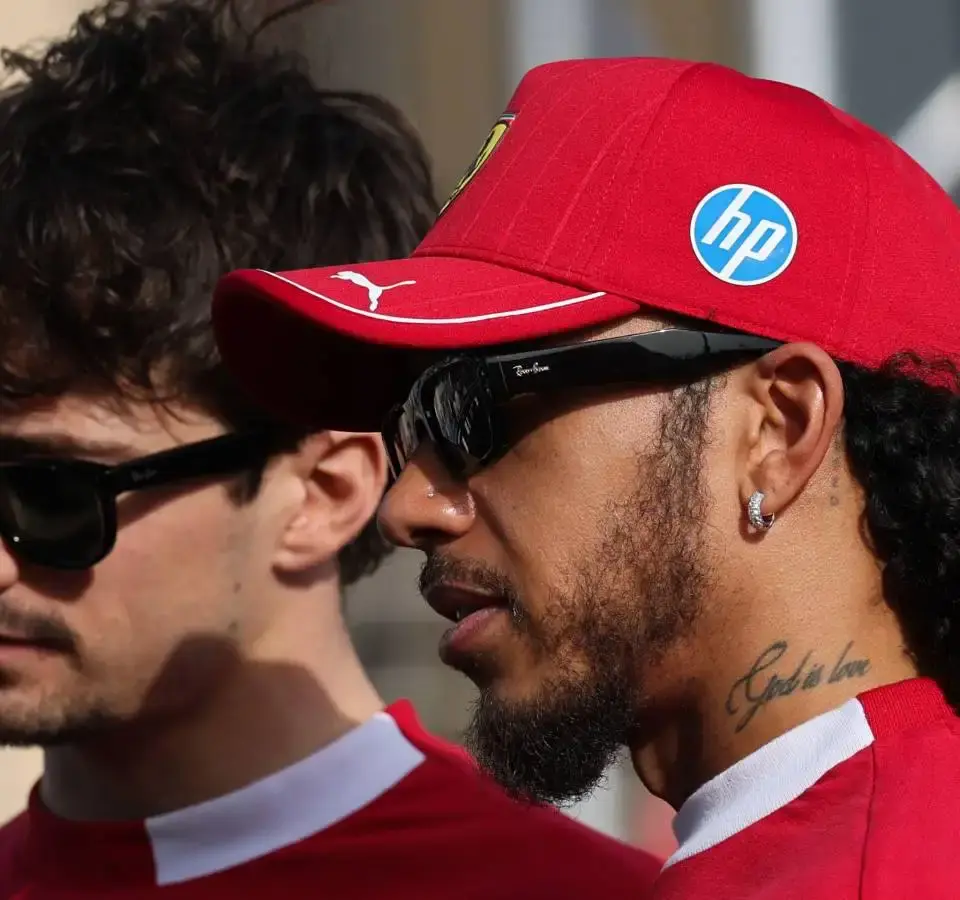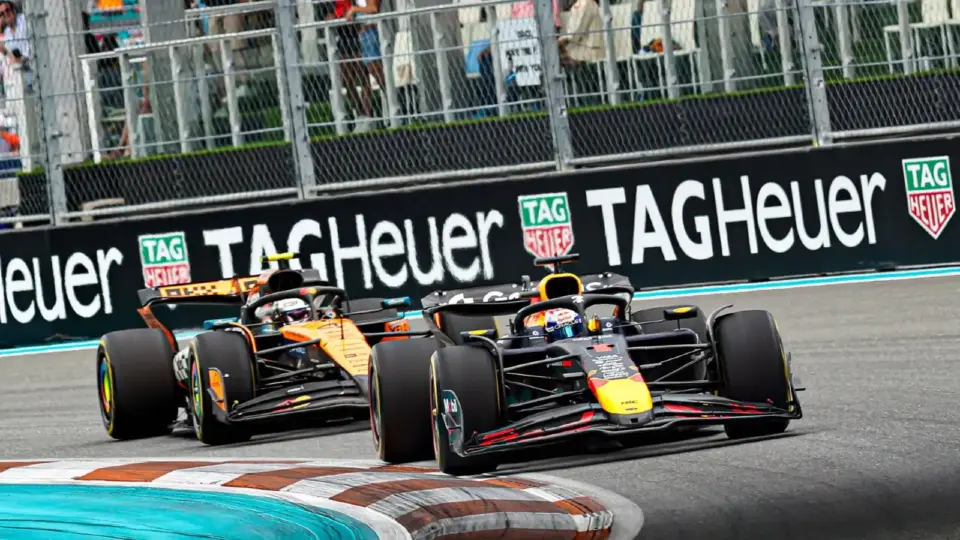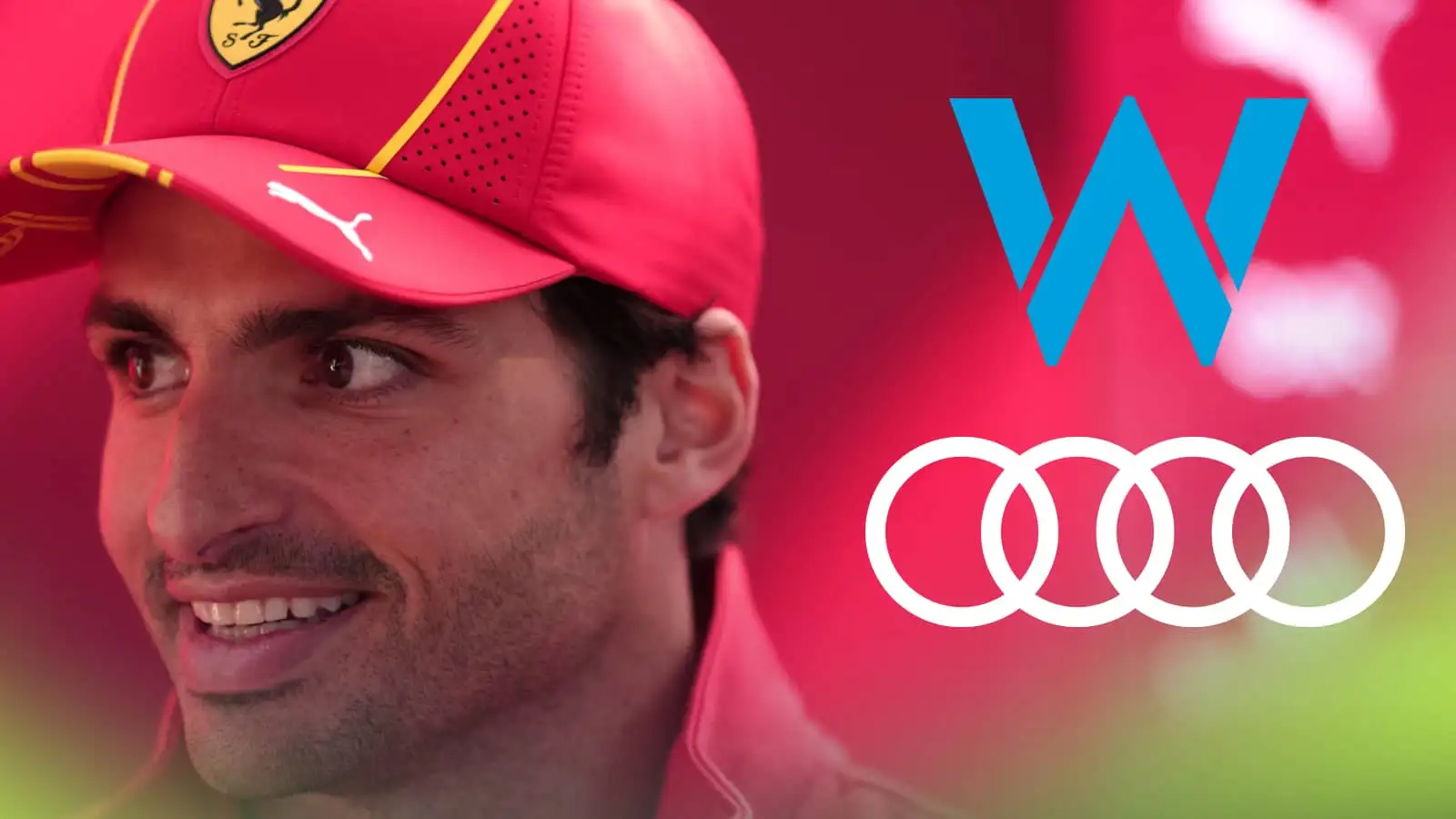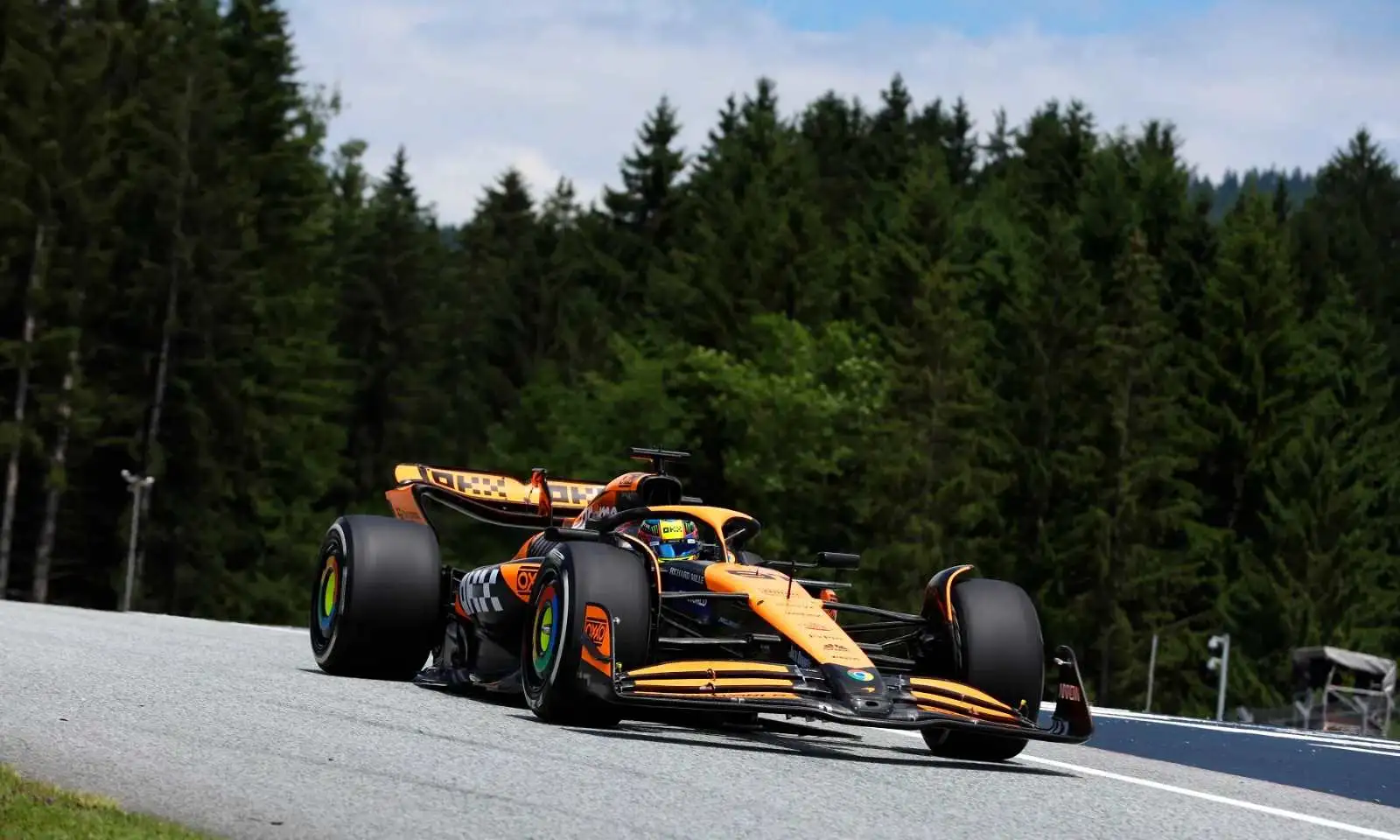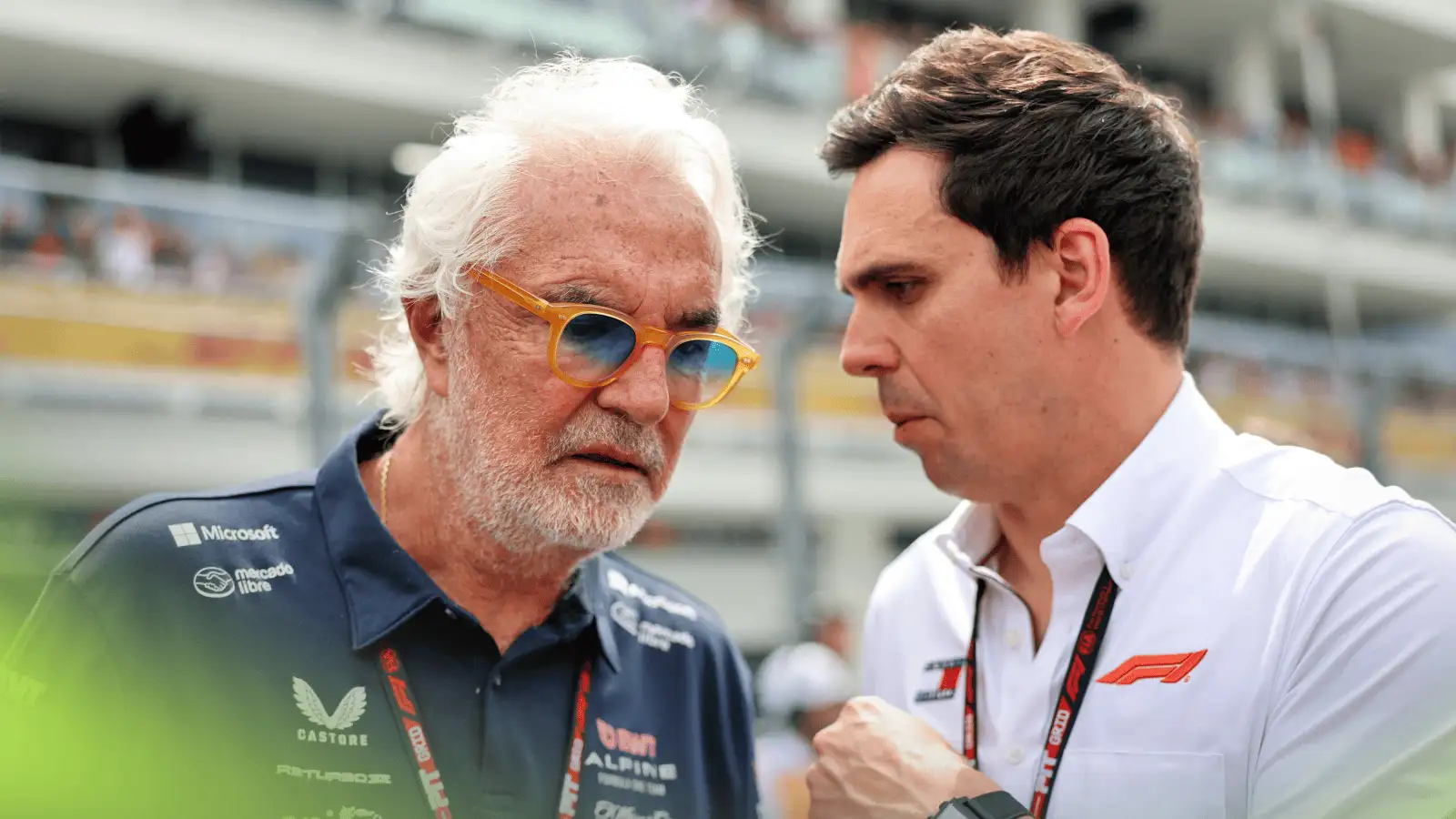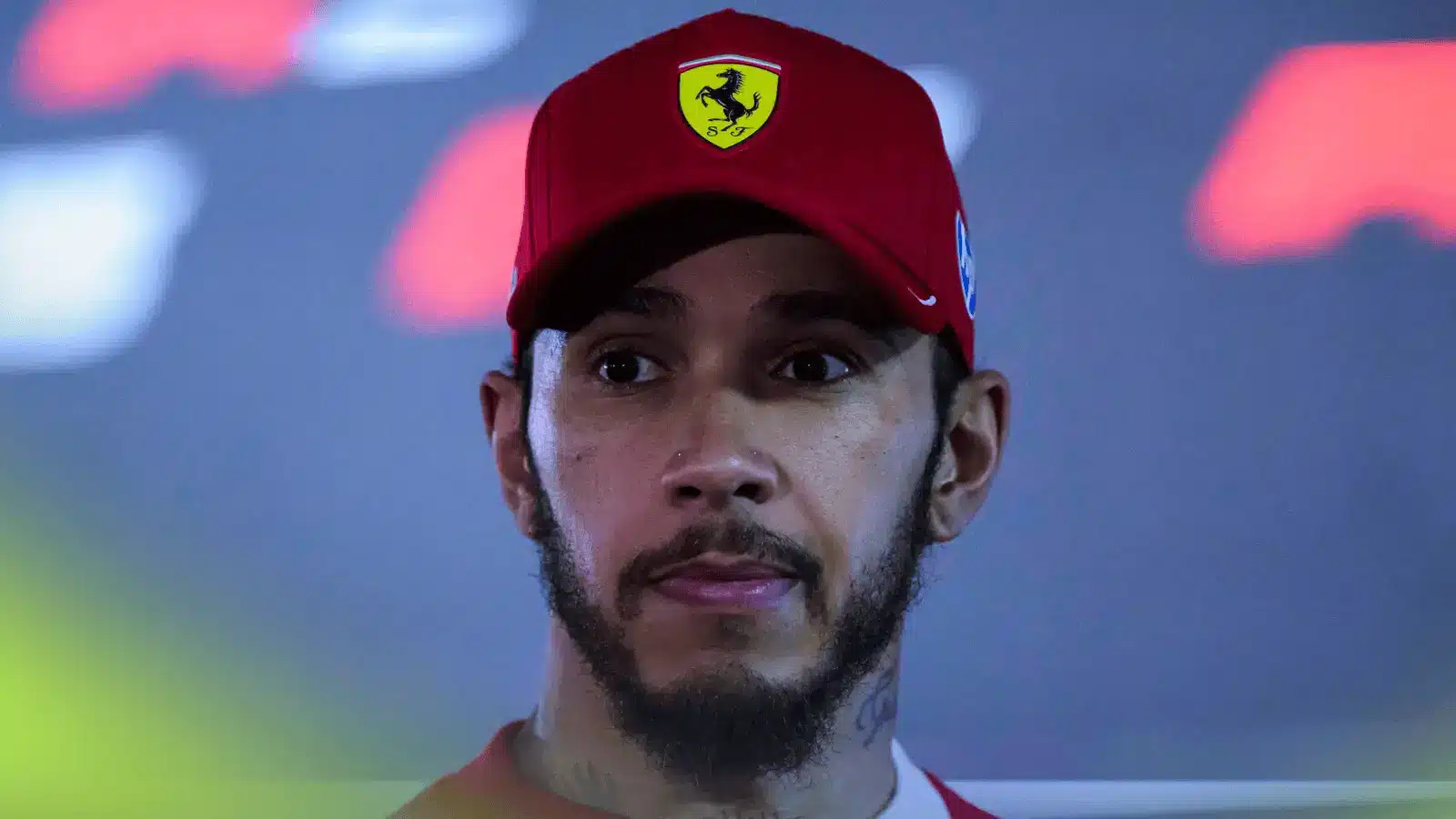The Miami Grand Prix delivered thrills not just on the track but over the radio waves too. Ferrari’s strategic decisions sparked chatter, particularly involving Charles Leclerc and Lewis Hamilton. With tempers seemingly flaring, the aftermath has clarified much about these exchanges.
Ferrari’s calls during the race left fans and analysts buzzing as Leclerc showed poise and professionalism. Meanwhile, Hamilton addressed misunderstandings, adding a touch of light-heartedness to the situation, proving humor can diffuse tension. Let’s dive into what really happened amidst the Miami heat.
The Ferrari Strategy Twist
During the Miami GP, Ferrari orchestrated some noteworthy driver swaps. Hamilton initially overtook Leclerc, only to switch positions again, showcasing Ferrari’s ambitious attempt to outpace Mercedes’ Kimi Antonelli. Despite their efforts, the Ferrari team could not achieve the desired result.
After the race, both Leclerc and his teammate appeared visibly frustrated. However, Leclerc made it clear his frustration wasn’t aimed at Hamilton. He reiterated respect for the competitive spirit shared with the Mercedes driver, emphasizing that it was all part of intense racing dynamics.
Hamilton’s Radio Revelations
The radio exchanges between Hamilton and his race engineer Riccardo Adami became a focal point. Hamilton used humor and sarcasm, joking about “tea breaks” as a way to defuse stress. This was later clarified as Hamilton stressed there was no true animosity involved.
Hamilton said, “I could have said way worse things on the radio.” His comments underscored his easy-going nature, even when faced with high-pressure situations. Ferrari’s principal, Fred Vasseur, visiting Hamilton further showed that the competitive heat was left on the track.
Controversy at the Start
Max Verstappen and Lando Norris created early drama as they battled for the front row. Verstappen’s lock-up sent Norris wide, creating a talking point.
Though Norris felt Verstappen’s move was unsporting, the stewards disagreed, leaving Norris to grapple with the outcome. Analyst Anthony Davidson later weighed in, shedding light on why Norris perceived the move as contentious.
Norris’s day took a turn as both McLaren cars eventually passed Verstappen, aided by a Virtual Safety Car that helped Mercedes’ George Russell leap into podium contention.
FIA Decisions and Red Bull’s Reaction
Following the race, Red Bull lodged a protest against Russell, accusing him of not adhering to yellow flag rules.
The stewards examined the incident thoroughly but ultimately dismissed Red Bull’s claims. This decision solidified Russell’s podium spot, much to Mercedes’ satisfaction.
The swift dismissal of Red Bull’s protest reflected the FIA’s confidence in their judgment during chaotic race scenarios. Fans saw justice sustained, a reminder of how meticulously these decisions are handled.
Audi’s Strategic Shake-up
As Audi prepares for its F1 debut in 2026, the team announced a significant management shift. Adam Baker stepped down, replaced by Christian Foyer as COO, with Stefan Dreyer continuing his role as CTO.
These changes indicate Audi’s commitment to building a strong operational backbone. The management transition is poised to support their competitive aspirations effectively.
As Ferrari deals with its current challenges, Audi’s strategic foresight could offer lessons in thorough team preparation and adaptability.
Evaluating the Miami GP Outcomes
The Miami GP tested the mettle of various teams. While Ferrari faced tactical troubles, McLaren celebrated their drivers’ prowess. Lewis Hamilton and Charles Leclerc’s mutual respect emerged strongly despite strategic missteps.
Race dynamics are ever-changing, and drivers must adjust to team orders that might affect their positions.
The weekend highlighted the thin line between tactical success and failure, pushing drivers and teams to operate at their highest level continuously.
Reflection on Driver Emotions
Driver emotions are often raw and visible. Leclerc and Hamilton’s reactions to team orders reveal how much passion fuels their performances.
While emotions run high, these races are reminders of the camaraderie among competitors. Respect is evident as drivers navigate the intricacies of F1 dynamics.
The respect shared between drivers amplifies the unpredictability and excitement F1 continually offers its audience.
Looking Ahead to the Next Racing Chapter
The Miami GP sets the stage for ongoing rivalries and thrilling races. Ferrari aims to iron out strategic wrinkles as they prepare for upcoming challenges.
Teams like McLaren will aim to convert their current momentum into more consistent performances.
The evolving storylines promise no shortage of action, intrigue, and rivalry for fans worldwide.
Concluding Thoughts on a Complex Race Day
The Miami GP highlighted strategic complexity and human emotions. Leclerc and Hamilton managed to shine, demonstrating professionalism and humor as their teams circulated in chaos.
The Miami GP’s chaotic scenes offered more than just driver battles, showcasing strategy and humor in equal measure. As teams look to the future, the need for clarity and adaptability remains clear.
